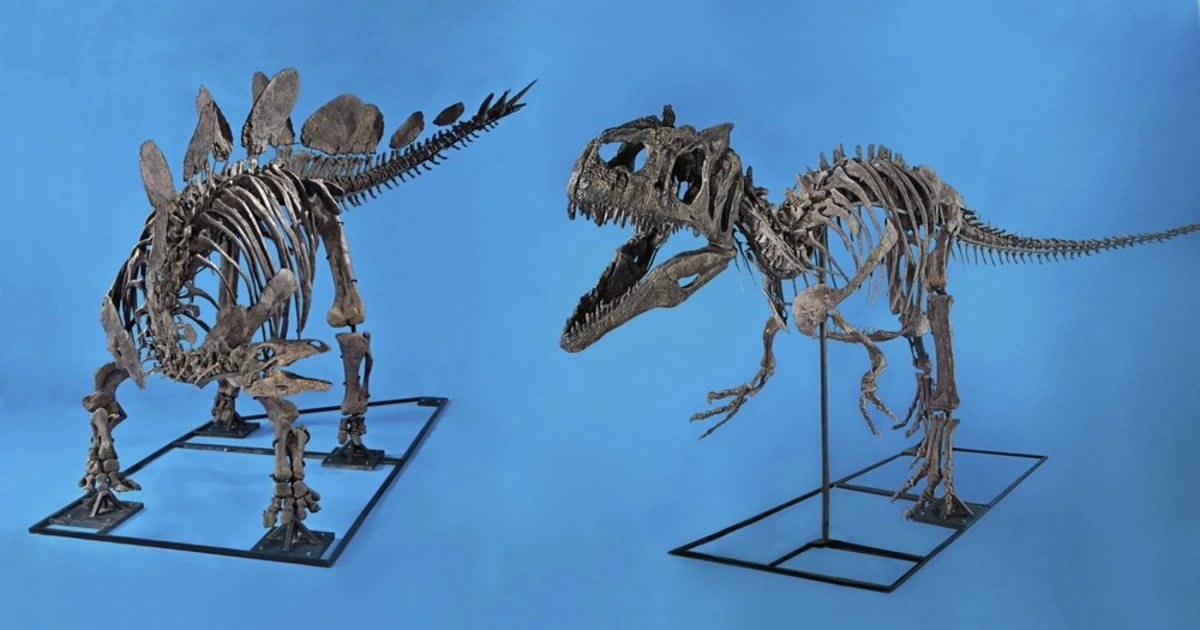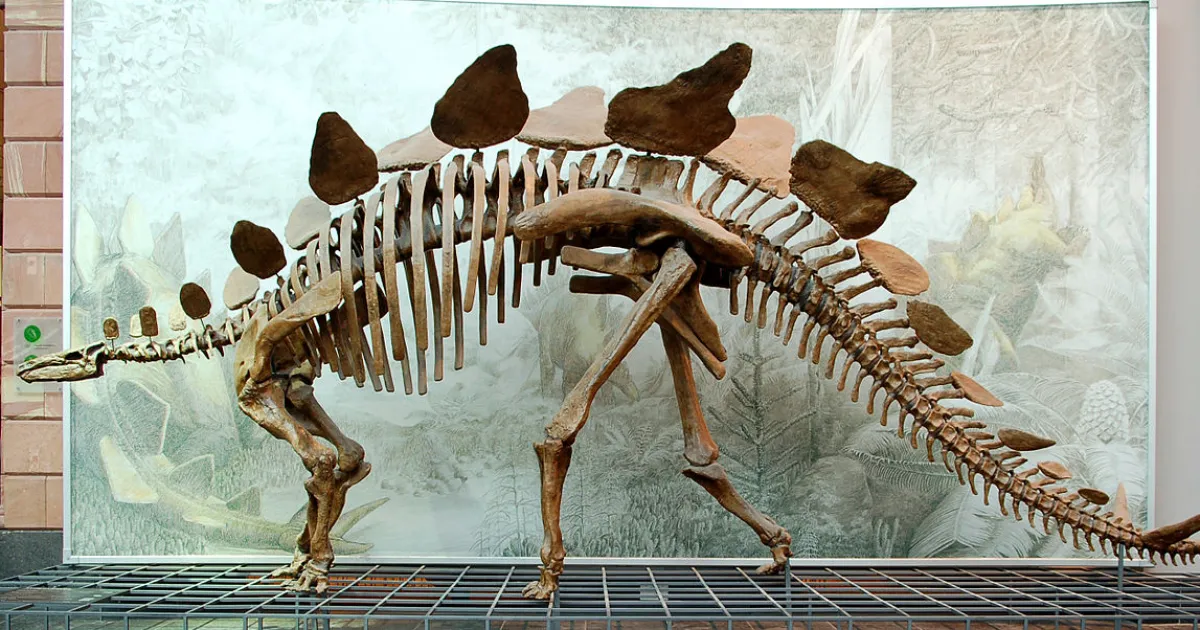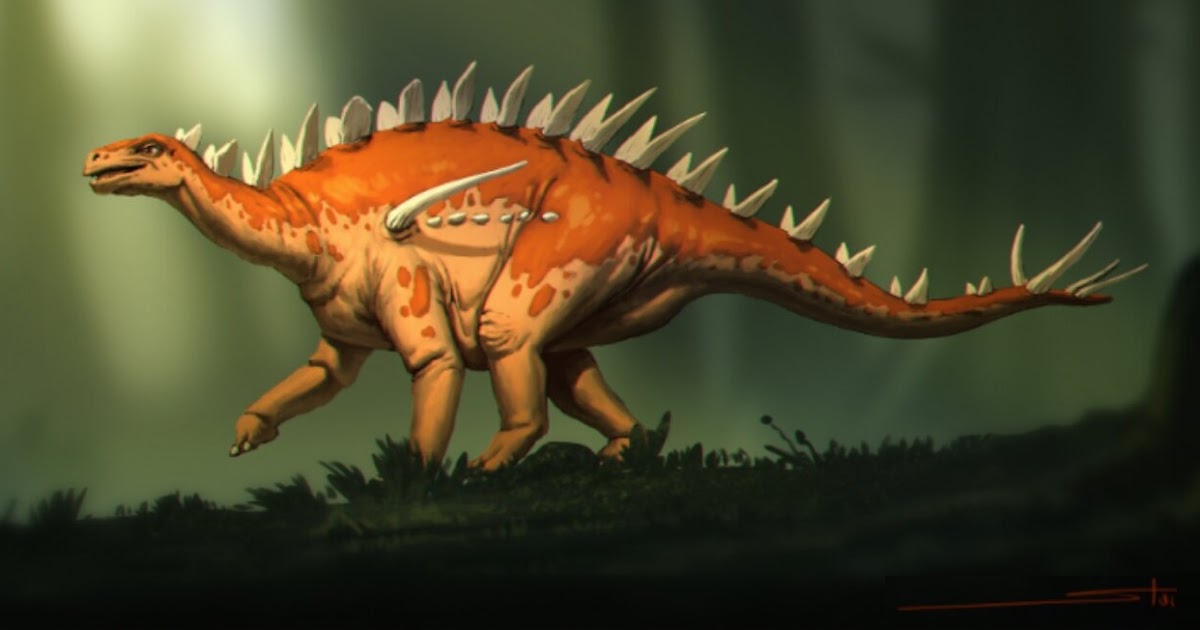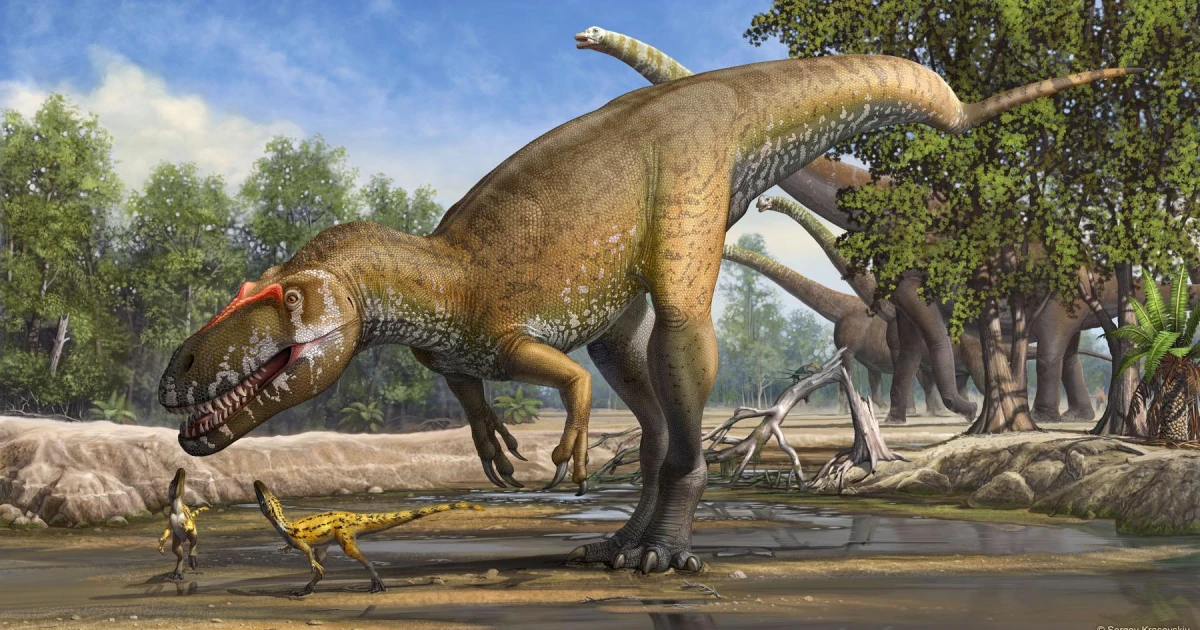The Stegosaurus, one of the most recognizable dinosaurs, roamed the Earth during the Late Jurassic period, approximately 155 to 150 million years ago. Known for its distinctive plates and spiked tail, this herbivorous dinosaur also had fascinating intestines that played a crucial role in its digestive process.
This article explores various aspects of Stegosaurus intestines, from their structure to their significance in understanding the creature’s biology and habits.
Key Takeaways
- Stegosaurus intestines were likely long and complex to facilitate the digestion of fibrous plant material.
- The digestive process involves mechanical breakdown and fermentation, similar to modern herbivores.
- Studying coprolites provides insights into the diet and intestinal structure of Stegosaurus.
- Understanding the intestines can reveal important information about Stegosaurus ecology and behavior.
What Do We Know About the Stegosaurus Intestines?
The intestines of the Stegosaurus remain largely a mystery due to the scarcity of fossilized remains. However, scientists infer that, like modern herbivores, Stegosaurus likely had a long and complex intestinal tract to efficiently process the fibrous plant material it consumed. The length of the intestines would have facilitated fermentation, allowing the breakdown of tough plant fibers.

How Did Stegosaurus Digest Its Food?
Stegosaurus primarily fed on low-lying vegetation such as ferns and cycads. Its digestive process likely involved a combination of mechanical breakdown (chewing) and fermentation. The animal’s large body size and long neck enabled it to reach and consume a variety of plants. Once ingested, food would travel through the esophagus into the stomach, where it would be mixed with digestive enzymes and acids before passing into the intestines for further breakdown and nutrient absorption.
What Role Did Intestines Play in the Stegosaurus Diet?
The intestines of the Stegosaurus were crucial for nutrient absorption. As a herbivore, Stegosaurus relied on its intestines to extract essential nutrients from plant matter. The efficiency of the intestines in processing food would have directly impacted the dinosaur’s overall health and energy levels, influencing its ability to thrive in its environment.
Can Fossils Reveal the Structure of Stegosaurus Intestines?
While complete fossils of Stegosaurus intestines are rare, paleontologists have studied coprolites (fossilized dung) to gain insights into the dinosaur’s diet and digestion. These coprolites often contain remnants of plant material, indicating what the Stegosaurus ate and providing clues about its intestinal structure. Future discoveries may help shed more light on the actual structure of the intestines.
What Can We Learn from Stegosaurus Intestines About Their Habits?
Studying the intestines of Stegosaurus can reveal important information about its behavior and ecology. For instance, the types of plants found in coprolites can help scientists understand the dietary preferences of Stegosaurus. Additionally, analyzing the wear patterns on teeth and the morphology of the jaw can provide insights into how the intestines functioned in conjunction with the dinosaur’s feeding habits.
How Did the Intestines of Stegosaurus Compare to Other Dinosaurs?
While specific details about Stegosaurus intestines are limited, comparisons can be drawn with other herbivorous dinosaurs. For example, hadrosaurs, known for their elaborate dental structures, also had complex digestive systems with elongated intestines to aid in breaking down tough plant material. By studying the similarities and differences in intestinal structures among various dinosaurs, researchers can better understand the evolution of digestive systems in prehistoric herbivores.

Why Are Stegosaurus Intestines Important for Understanding Their Biology?
The intestines of Stegosaurus play a vital role in understanding the dinosaur’s biology, particularly its feeding strategies and adaptations. By examining the structure and function of the intestines, scientists can conclude the energy needs and ecological roles of Stegosaurus within its environment. This knowledge helps to paint a more complete picture of the dinosaur’s life and interactions with other species.
What Evidence Exists Regarding Stegosaurus Intestinal Health?
While direct evidence of intestinal health in Stegosaurus is lacking, studies of coprolites and dental wear provide indirect insights. The presence of undigested plant material in coprolites may suggest dietary deficiencies or digestive issues. Additionally, examining the wear patterns on teeth can indicate how effectively the Stegosaurus processed its food, offering clues about its overall intestinal health.
How Did Stegosaurus Intestines Adapt to Its Herbivorous Diet?
The intestines of Stegosaurus were likely adapted to handle the challenges of a herbivorous diet. These adaptations may have included a greater length to allow for more fermentation time and specialized microbial communities to aid in breaking down cellulose from plant cell walls. Such adaptations would have been essential for maximizing nutrient absorption from the fibrous materials in its diet.
What Mysteries Surround the Anatomy of Stegosaurus Intestines?
Despite ongoing research, several mysteries still surround the anatomy of Stegosaurus intestines. Questions remain about the specific adaptations that allowed it to thrive as a herbivore, the exact nature of its digestive processes, and how its intestines compared to other dinosaurs. As new fossil discoveries are made and technology advances, more information may be uncovered, helping to resolve these mysteries.

| Aspect | Details |
|---|---|
| Diet | Primarily herbivorous, feeding on low-lying vegetation like ferns and cycads. |
| Digestive Process | Involved mechanical breakdown and fermentation, allowing for nutrient absorption. |
| Fossil Evidence | Coprolites provide clues about diet and intestinal structure; complete fossils are rare. |
| Comparative Anatomy | Similarities with other herbivorous dinosaurs, offering insights into evolutionary adaptations. |
| Mysteries | Ongoing research seeks to uncover specific anatomical adaptations and digestive processes. |
FAQs
1. What did Stegosaurus eat?
Stegosaurus primarily consumed low-lying plants such as ferns, cycads, and other vegetation.
2. How long were Stegosaurus intestines?
While the exact length is unknown, they were likely elongated to aid in the digestion of fibrous materials.
3. What role do coprolites play in studying Stegosaurus?
Coprolites provide direct evidence of the diet and digestive processes of Stegosaurus, allowing scientists to infer details about its intestines.
4. How did Stegosaurus compare to other dinosaurs?
Stegosaurus had a digestive system similar to other herbivorous dinosaurs, with adaptations to effectively process plant material.
5. Why is understanding Stegosaurus intestines important?
Studying the intestines helps researchers understand the dinosaur’s ecology, feeding strategies, and adaptations to its environment.
Final Thoughts
The intestines of the Stegosaurus remain a fascinating area of study, shedding light on the dietary habits and biology of this iconic dinosaur. While much remains to be discovered, ongoing research into fossil evidence and comparative anatomy continues to enrich our understanding of Stegosaurus and its place in the prehistoric world.
By exploring the intricacies of its intestines, we not only learn about this particular dinosaur but also gain insights into the evolution of herbivorous dinosaurs as a whole. For more Stegosaurus information check the dinorepeat.

